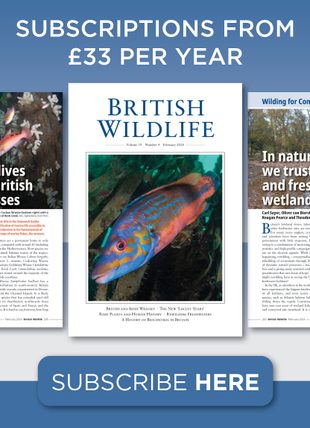By: SO Andersen, K Madhava Sarma and KN Taddonio
496 pages, Graphs, Tabs, Figs, plates
![Technology Transfer For the Ozone Layer Technology Transfer For the Ozone Layer]()
Click to have a closer look
About this book
Contents
Customer reviews
Biography
Related titles
About this book
Technology transfer - the development of practical applications and commercialization of research for positive environmental outcomes - is the crux of many of the 230 international environmental treaties. It is also widely viewed as essential to the Kyoto Protocol and success in the global fight against climate change. While debate rages about obstacles to the switch to environmentally sound technologies, until now there has been no comprehensive assessment of what actually works.
The authors, leaders in the field, look at the results of 1000 technology transfer investment projects funded under the Montreal Protocol's Multi-lateral Fund. They present the lessons, including insider accounts from a variety of sectors, to demonstrate how and under what circumstances technology transfer works for successful environmental outcomes. Crucially, the authors also identify generic principles and lessons that can be applied to the Kyoto Protocol, its post-2012 successor and numerous other critical environmental contexts including marine and air pollution, hazardous waste, biodiversity and desertification. Ultimately the book provides the only thorough assessment of successful technology transfer of the nature and scale required for combating climate change and other global environmental challenges.
Contents
Introduction; Contours of Technology Transfer; Background of the Efforts to Protect the Ozone Layer; Technology Change and Transfer within and between Industrialized Countries; Aerosols, Sterilants and Miscellaneous Uses; Halons; Foams; Refrigeration; Solvents; Methyl Bromide; Barriers Experienced in Technology Transfer, and Solutions; The Special Problems of the Transfer of Technology to the Military; Alternative Technologies, Retrospective and Prospects; Cross Cutting Issues.
Customer Reviews
Biography
Stephen O. Andersen is Director of Strategic Climate Projects, US Environmental Protection Agency. K. Madhava Sarma is a consultant on ozone issues and was formerly Executive Secretary, Secretariat for the Vienna Convention and the Montreal Protocol, United Nations Environment Programme. Kristen N. Taddonio is Manager of Strategic Climate Projects at the US Environmental Protection Agency.
By: SO Andersen, K Madhava Sarma and KN Taddonio
496 pages, Graphs, Tabs, Figs, plates


















![A Guide to Geology, Climate and Habitats [of Dominica]](http://mediacdn.nhbs.com/jackets/jackets_resizer_medium/77/77441.jpg?height=150&width=103)
















